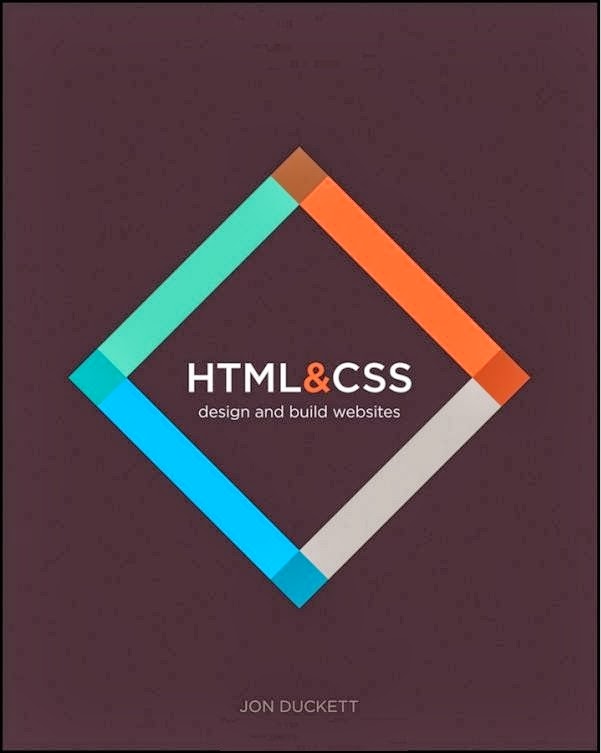The Earth: Flat or Round?
What does the Qur'an Say?
_______________________________________________________________________________
collected from web...
_________________________________________________________________________________
################################
Do they not look at the camels how they are made.
And the sky how it is raised high.
And the mountains how they are fixed firm.
And the earth how it is spread out?
(Wa ilal'ardi kayfa sutihat.)
-- Sura 88:17-20
Interpretation given in Al-Jalalayn:
At the earth how it is spread out(*) (Arabic: sutihat): meaning it was stretched, so they can see in it a sign for the power of Allah ... and his saying sutihat makes it obvious that the earth is flat, and this is certified by Ulama' ash-shar'a (the shari'a theologians), not a globe as it is said by ahlul-hay'a (the laymen)." (Tafseer Al-Jalalayn. printed in Damascus 1964. Al-Mallah Printshop and Bookstore)
(*) The word "sutihat" is from the root word "sataha".
Note: The commentators are well informed about the scientific conclusion that the earth is a globe, but the scientists are considered to be laymen in regard to understanding the meaning of the Qur'an. Because revelation has primacy over science, the Qur'an is the decisive basis for the commentators to insist that the earth is flat.
Furthermore, the Qur'an says:
And after that He spread the earth.
(Wal'arda ba'da dhalika da-ha-ha.)
-- Sura 79:30
Again, let us consult Tafsir Al-Jalalayn:
That is: "Basataha" as it was created before heaven without "Dahoo".
We see that Al-Jalalayn is emphasizing the issue of "flattening". The interpreters are saying: "That is, He flattened it since it was not made flat before heaven was created."
Reading the context of this aya, Sura 79:27-33, the message of the Qur'an seems to be: Originally the earth was not flat (but somehow crumbled up?). After first creating the heaven over it (see 79:28-29), Allah flattened the earth (to make it inhabitable: ("A provision for you and for your cattle" 79:33).
COMMENT:
Udhi'ya or Udhu'wa, are two names for the egg of the ostrich. The verb Da'ha (Ydahoo: present tense) is not derived from Udhi'ya or Udhu'wa, because names are derived from the "verb of origin" (fi'l al masdar), and the verb of origin is not derived from a name. The verb of origin is "dahawa" from which the verb "da'ha" and "yadhoo" are derived, and so is the name of the noun denoting the egg. The verb "da'aha" does not mean "kaw'wara" (made round) or made something in the shape of an egg, whether it is an ostrich egg or a chicken's egg. As a matter of fact, the verb "da'ha" means the complete opposite to the concept of the roundness. Here is what "Al-munjid fil'lugha wal'alam" has to say:
- "da'ha da'hwan ... God `da'ha' earth that is `basataha'."
And that is exactly what Al-Jalalayn has said.
- "da'ha idhiwa'an: `inbisatan'." (that is: flattening)
- "al-udh'y, al-idhi'y, al-udhu'wa, al-udhi'ya: The egg of the ostrich in the sand."
We must pay attention to what Al-Munjid is saying here: "The egg of the ostrich ‘
in the sand’" and the following is the reason for this expression:
When the female ostrich fears a danger threatening her egg, she immediately digs into the sand to hide the egg, then "tadhoo" (flattens) the earth above it, so that it would not be seen by the vultures of the air who are always in search of such a delicacy for their next meal. Therefore, the word "al-udhu'wa" is used as a name of the ostrich egg since it is something (with the sand) flattened (over it). That is where the name came from. The Arabic dictionary never states that the verb "da'ha" means "made round" or "made in the shape of the egg of an ostrich".
Other verses in the Qur'an stated that earth is flat using other words. All of these words are interpreted as "flat" and none of them has been interpreted as round.
We read in Sura 96:6 (Ash'shams): "Wal'ardu wa ma ta'haha".
The word "Tahaha" is interpreted in Tafsir Al-Jalalayn as "He made it flat". In Munjid Al-lugha Wal'alam, the word "Taha" is also interpreted as "to flatten or to stretch". Then, the noun "At'taha" is interpreted as "a flat part of the earth". Then, Al-Munjid gives a sentence as an example to confirm the meaning of "taha" as "to make a certain thing flat".
In Sura 15:19 (Al-Hajar), we read: "wal'arda madadnaha wa'alkayna feeha rawasi".
The word "madadnaha" is from the verb "madda", which is a very simple and easy word to understand. Not even a little Arabic child would use this word to describe the shape of a watermelon or a ball. It is the most simple way to describe something flat.
If Muhammad or the author of the Qur'an really had known that the earth is round, and had wanted to mention this fact in the book, he could have used a more simple word in Arabic to put an end to this puzzling issue. We have no doubt that Muhammad was aware of the existence of other words in the Arabic language that can describe the shape of something round. In fact, we read in sura 81:1 (At'Takweer - meaning: Rounding!):
"Itha'sh-shamsu kuwirat": "When the sun is folded up."
In this verse, Muhammad is predicting that "the sun shall be folded up" or "shall become rounded" (which would be a better translation). This means first of all that Muhammad believed that the sun is also flat and that it will become round when the hour comes. And this also means that he knows that there is a better word to describe a round shape. Therefore: Why he didn't use this term to to spare the Muslims this confusion?
Yes, Muhammad did indeed believe that the sun is flat as Al-Jalalayn comments on this verse by stating: "`kuwirat' that is `lufifat' i.e. folded up and its light taken."








.jpg)
.jpg)
.jpg)



.jpg)